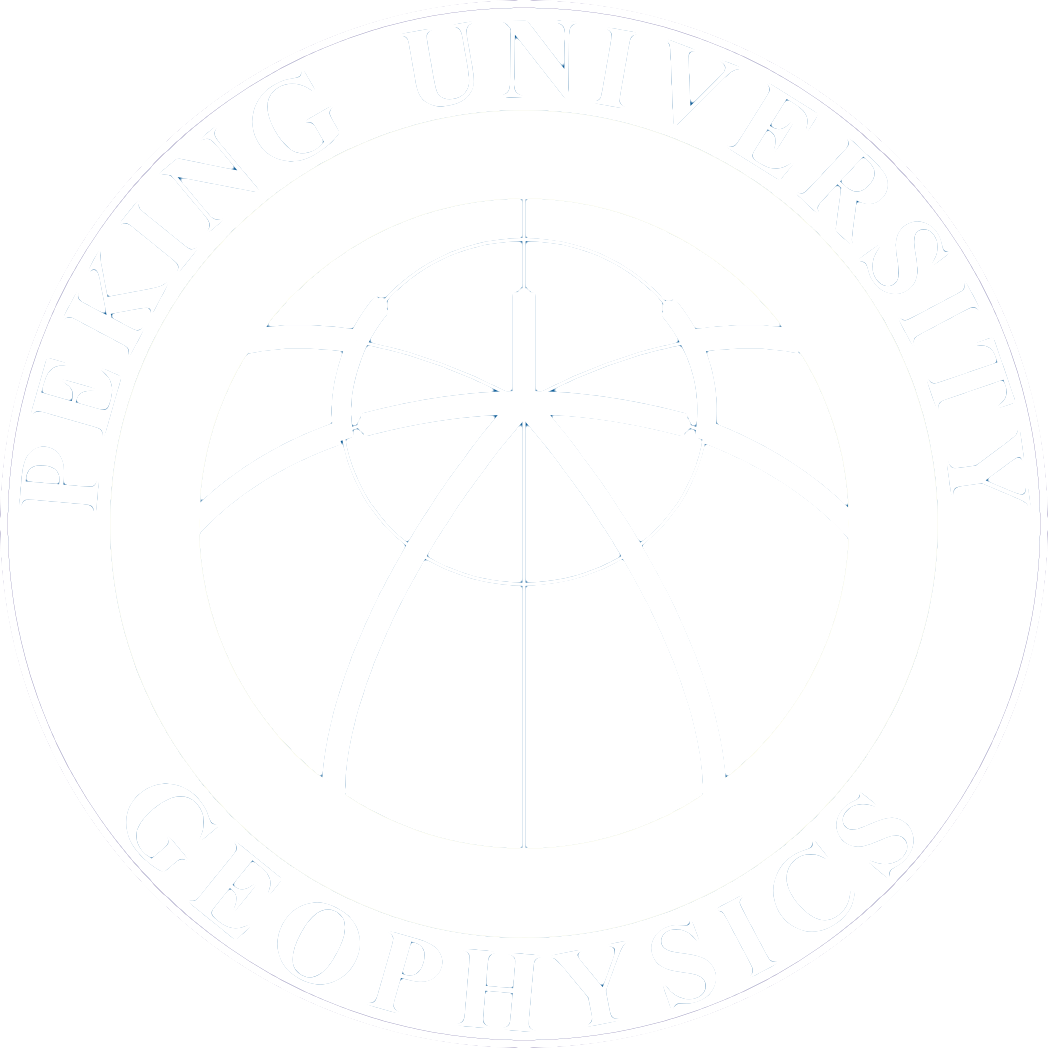2023-03-14
Bridge of Troubled Water?
The Potential of Major Earthquakes in Gulf of Aqaba near the NEOM Mega-Project
Sigurjón Jónsson
King Abdullah University of Science and Technology (KAUST), Saudi Arabia
2023.03.17 15:00 (GMT+8), ZOOM link: https://kaust.zoom.us/j/95358646153
Abstract:
The 500-billion-dollar NEOM mega-project and the planned King Salman Crossing are located in the Gulf of Aqaba area where the largest earthquakes in Saudi Arabia can be expected. The gulf forms the southernmost part of the 1000-km long Dead Sea strike-slip fault system, which borders the north-moving Arabian plate to the west. The planned King Salman Crossing will go directly across the southern part of the gulf and thus across this plate-boundary fault, but little has been known about its past earthquake activity. To advance knowledge on the earthquake hazard in the region, we have been leading interdisciplinary research activities in the area for several years, which have consisted of research cruises, fieldwork campaigns, satellite data processing and earthquake simulations. We now know where the main source faults are, got new information on past major earthquakes, know how fast the faults are being loaded for the next major events and have simulated shaking levels in possible future earthquakes. After the recent earthquake tragedy in south-central Turkey, this project work has been put into the spotlight in Saudi Arabia and questions asked like "what is the worst-case scenario for the Gulf of Aqaba and NEOM?" and "can we have a tragedy in Saudi Arabia similar to what just occurred in Turkey? Together the project results help to constrain possible future scenarios, i.e., where major earthquakes will likely take place, how frequent and large they may be and provide information about how strong shaking can be expected in NEOM and at other locations, which is critical information for infrastructure design for NEOM and the King Salman Crossing.
Bio:
Prof. Sigurjón Jónsson grew up among volcanoes and earthquakes in northern Iceland and went on to study Geophysics at the University of Iceland, from where he received both a bachelor’s and a master’s degree in the subject. He earned his doctoral degree in Geophysics and a master's degree in Electrical Engineering from Stanford University in 2002. After graduation, Prof. Jónsson was a postdoctoral researcher at Harvard University and a senior researcher and lecturer at the Institute of Geophysics, ETH Zurich, Switzerland. From 2009 he has been with the ErSE program at KAUST, first as Associate Professor of Geophysics and since 2016 as Professor. During his career, he has been interested in volcanic and seismic processes, and used crustal deformation observations (satellite radar interferometric imaging in particular) to gain insight into the subsurface activity. At KAUST, Prof. Jónsson leads the crustal deformation and InSAR research group (http://cdi.kaust.edu.sa).
